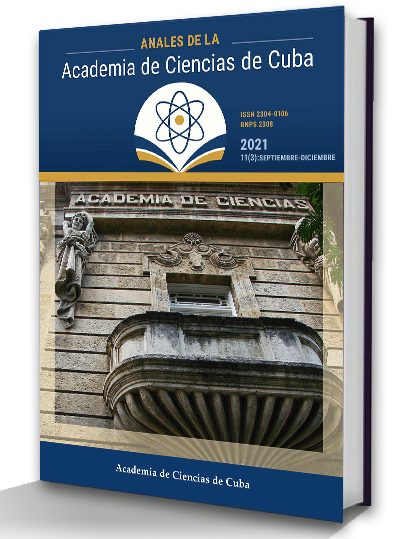Notes about drug-resistant epilepsy surgery
Keywords:
epilepsy surgery, neurosurgery, functional neurosurgeryAbstract
Epilepsy is one of the most frequent neurological diseases. The complexity of treating candidate-for-surgery drug-resistant epilepsy patients makes it necessary to know the disease´s characteristics and the surgical techniques for its improvement; it is thus possible to offer the best therapeutic option to the patient. The fundamental objective of epilepsy surgery is to achieve resection (or disconnection) of the cortical areas or connections responsible for the generation of seizures, in order to control them, and thus achieve an improvement in the patient's quality of life. The general categories of epilepsy surgery are resective, disconnective, neuromodulatory techniques, and radiosurgery. The option of surgical treatment for patients with drug-resistant epilepsy must be preceded by an exhaustive pre-surgical evaluation whose fundamental link is the identification of the epileptogenic zone and its characteristics.Downloads
Downloads
Published
How to Cite
Issue
Section
License
The journal Anales de la Academia de Ciencias de Cuba protects copyright, and operates with a Creative Commons License 4.0 (Creative Commons Attribution-NonCommercial License 4.0). By publishing in it, authors allow themselves to copy, reproduce, distribute, publicly communicate their work and generate derivative works, as long as the original author is cited and acknowledged. They do not allow, however, the use of the original work for commercial or lucrative purposes.
The authors authorize the publication of their writings, retaining the authorship rights, and assigning and transferring to the magazine all the rights protected by the intellectual property laws that govern in Cuba, which imply editing to disseminate the work.
Authors may establish additional agreements for the non-exclusive distribution of the version of the work published in the journal (for example, placing it in an institutional repository or publishing it in a book), with recognition of having been first published in this journal.
To learn more, see https://creativecommons.org






